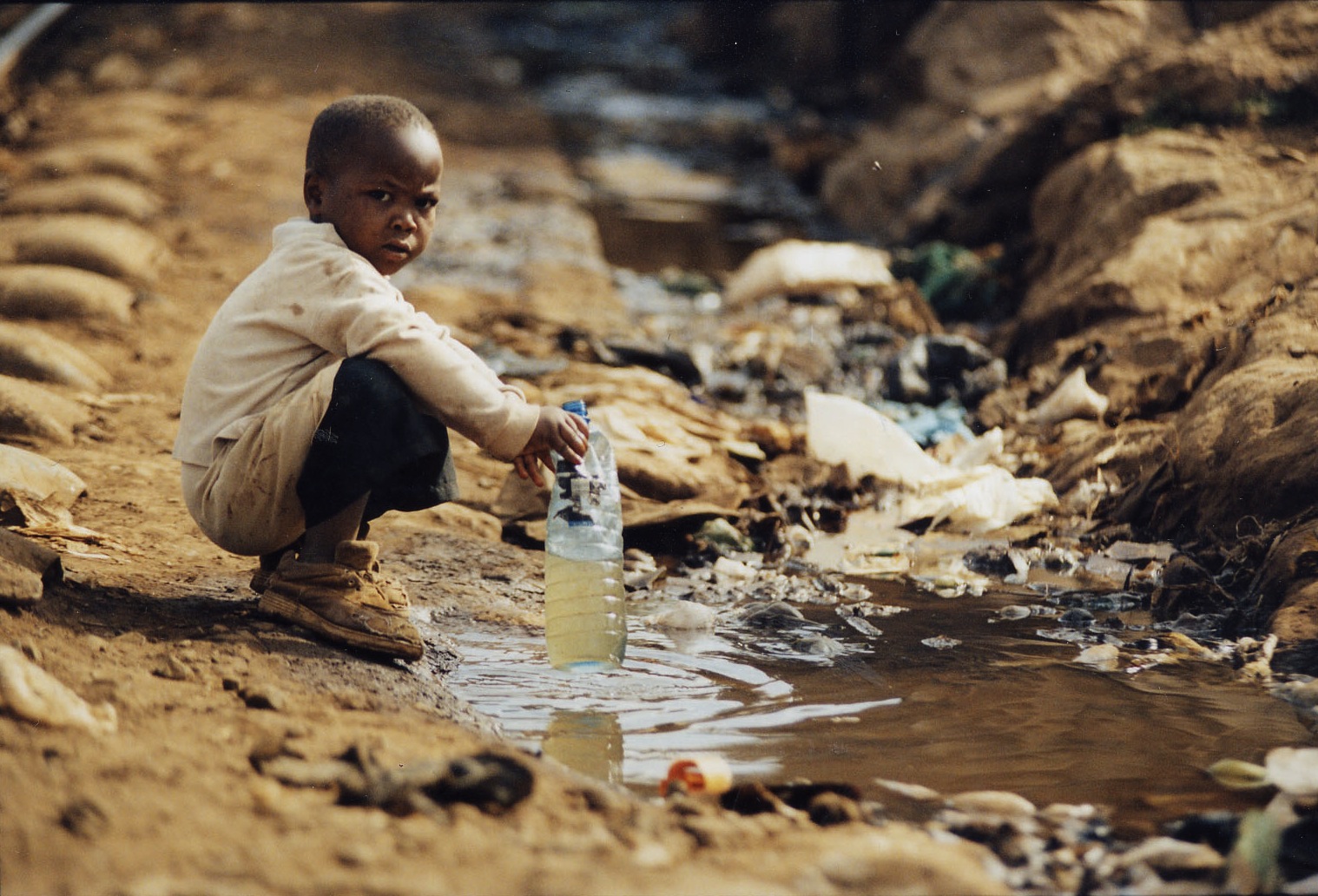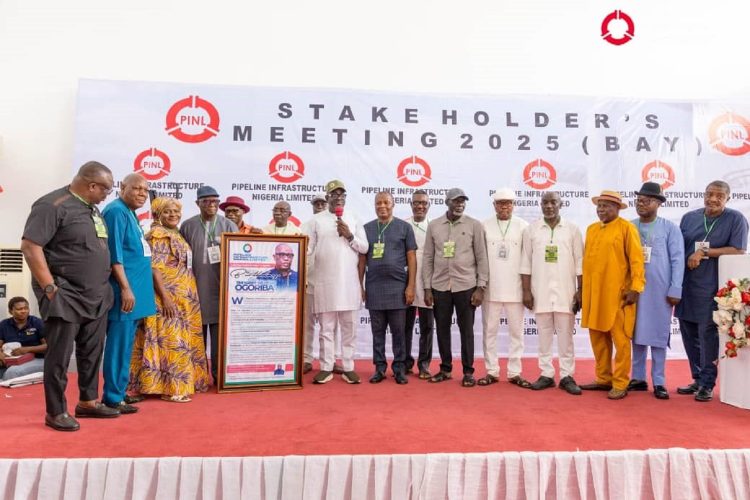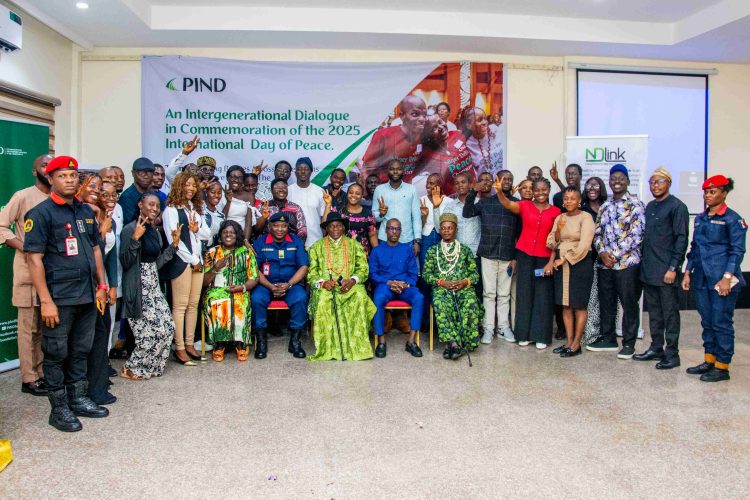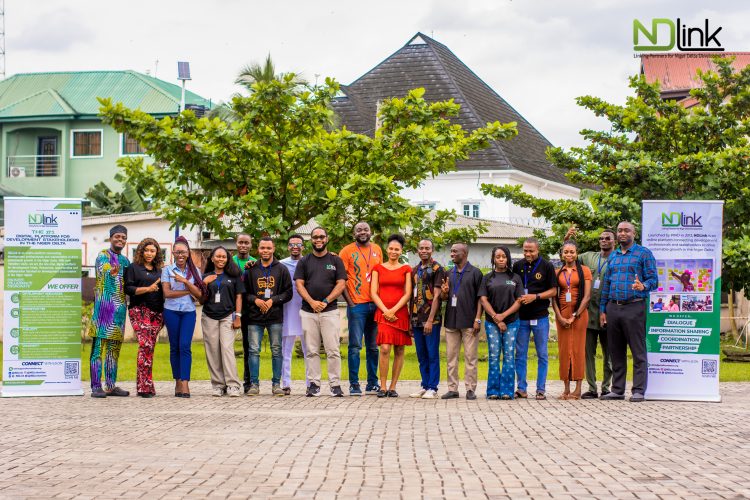
Lagos to host 2015 DEMO Africa
February 17, 2015
Imo to partner poultry farmers on job creation
February 19, 2015More than nuclear weapons or a global disease pandemic, impairments to water supplies and punishing cycles of flood, drought, and water pollution are now viewed by heads of state, nonprofit leaders, and chief executives as the most serious threat to business and society.
For the first time, water crises took the top spot in the World Economic Forum’s 10th global risk report, an annual survey of nearly 900 leaders in politics, business, and civic life about the world’s most critical issues. Water ranked third a year ago.
The report measured 28 risks on two dimensions:
- the likelihood of occurring within 10 years
- the impact, which is a measure of devastation
Water ranked eighth for likelihood and first for impact. It was one of four risks — along with interstate conflict, the failure to adapt to climate change, and chronic unemployment — that were deemed highly likely and highly devastating.
Residents of California (GDP $US 2 trillion) and Sao Paulo (population 12 million) felt the first tremors of such disruptions during dreadful droughts in 2014. China is hedging its bets against drought with a newly completed South-North pipeline and a climate deal that includes two provisions on water. The 2.5 billion people without toilet facilities that protect them from disease and personal danger feel the stress every day.Water’s ascent reflects a remarkable shift in thinking among the members of the World Economic Forum, the Geneva-based think tank known for its yearly meeting in Davos, at the heart of the Swiss Alps, that draws the elite of wealth, business savvy, and political power. Water’s top ranking also reflects the growing recognition among world leaders that diminishing supplies of reliable, clean water — if not well managed — will be a significant impediment to health and wealth for the poor, for the richest economies, and for the largest cities.
“So much of life is affected by what happens with water,†said Bob Sandford, chair of the Canadian Partnership Initiative, which helps governments connect the science of water with public policy. “We didn’t realize until recently how much our economy and society relied on hydrologic stability.â€
Water Rises in the Ranks
A decade ago, the global risks report was dominated by financial worries and macroeconomic concerns: the pace of China’s growth, sharp swings in stock and bond prices, and roller-coaster oil markets. Water merited little attention, and climate change — pushed aside as a still-emerging threat — was the only risk out of 120 in the 2006 report that was deemed too distant for a rigorous statistical analysis.
Experts offered several explanations for the new direction.Today, the script is flipped. Respondents to the 2015 survey viewed social and environmental risks as the gravest threats to the planet’s 7 billion people.
Howard Kunreuther, a professor at the Wharton School at the University of Pennsylvania who served as an academic advisor in the development of the report, said that the large number of weather disasters over the last decade has captured the attention of government officials. Floods in Pakistan’s Indus River Basin in 2010, for instance, displaced 20 million people, caused at least $US 43 billion in economic damages, and killed 2,000 people.
“Events that used to be extreme are more likely today,†Kunreuther told Circle of Blue.
In that vein, WEF’s report says that the risk increases as global temperatures rise, with climate change expected to cut water availability in Southern Europe, the Middle East, North Africa, and the American Southwest while also increasing the number of severe rainstorms. Engulfing rains or deep droughts could slash crop yields 25 percent by mid-century, according to worst-case projections cited by the United Nations climate panel.
A second factor is also responsible for water’s rise in the risk rankings, argued Giulio Boccaletti, global director for water at The Nature Conservancy and a member of the World Economic Forum’s Global Agenda Council on Water. An evolution in the balance of world power may explain a greater emphasis on water, he said.
“The types of countries that are more vulnerable to water crises are becoming more important in global politics as the center of gravity moves from the United States and Europe to China and India,†Boccaletti told Circle of Blue.
In China and India, there is a much closer connection between infrastructure development, water resources, and economic growth, he added. Home to more than one-third of the world’s people, the two countries have severe mismatches between water availability and water demands. Both nations rely on unsustainable supplies of groundwater in their prime food-growing regions, suffer from polluted rivers, and have hydropower ambitions that can be wrecked in an instant by Mother Nature. For instance, as many as 30,000 people were killed and 10 hydropower stations were destroyed in a vicious June 2013 flood in Uttarakhand, an Indian state at the foot of the Himalayas.
Reclassification: A Broader Look at Water
Water rose as a global priority in the 2015 report, and it also acquired a new designation. The report reclassified water from an environmental risk to a societal risk, an acknowledgment that nearly all human activity — from growing wheat and catching fish to preventing child-killing bacterial diseases and powering industries and communities — has water at its base.
“That’s big,†Sandford said about the reclassification. “I agree with the change. Water is environmental, but it transcends that category. People are being devastated by these events of flood and drought. How you manage these impacts becomes an important political question.â€
Leaders are especially ill-prepared for widespread social instability, the risk perceived to be the most interconnected, according to the report. Those connections were most visible in the Arab Spring uprisings, which began in 2010 with turmoil in the public square over food prices and resulted in the toppling of governments. A 12-year drought in Australia’s Murray-Darling Basin had crippled the largest rice industry in the southern hemisphere, an act that contributed to the 2010 shortages of grain and the escalating food prices that were then experienced around the world.The world is not doing enough, the WEF report asserts. Though the problems of floods, drought, and inadequate water supplies that were projected more than two decades ago have come true, little is being done to address them effectively.
Progress Is Progress
Not all agree with the assessment that the response is lagging, though. The report is too pessimistic in its assertion that little progress has been made to address water issues, Boccaletti said, pointing out the report’s discussion of Australia’s Murray-Darling Basin as one example of an effective solution.
The Murray-Darling is Australia’s most important river basin, providing water for 2 million people and 40 percent of the country’s agriculture. The long drought, which ended late in the 2000s, forced water managers to completely rework the system for allocating water to farmers, cities, and ecosystems. Less water would be available for farmers and more would be set aside to maintain the health of the river.
What was needed was a credible idea of how much water would be available in the future. And out of the crisis came the world’s most advanced system for analyzing the water flows in a river basin.
Leaders committed money and made politically difficult decisions to throw out longstanding management practices in favor of decisions that were based on data and scientific merit.
WEF’s global risks report, Boccaletti said, is evidence that leaders elsewhere may be at a similar stage – ready to consider seriously the idea of water.
“What this report says is that leaders now recognize that they need to take care of water,†Boccaletti said. “It’s an opening to engage. We’re not necessarily ready to solve all problems. But politically we’re at a stage to have a conversation about sustainable development, to have a discussion about water and development.â€
Source: Circle of Blue
Image credit: www.whydidx.com
Article Credit: Brett Walton









